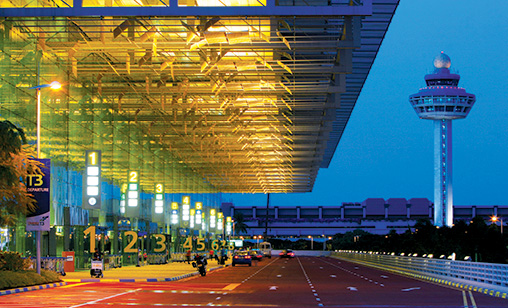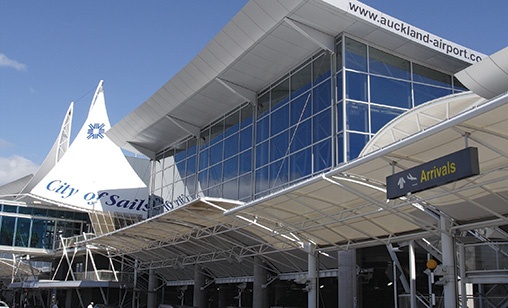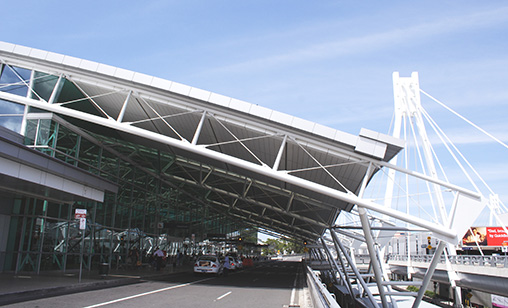Main Story
Toil and trouble of travel bubbles
November 1st 2020
For months, Australia’s politicians have been promising their citizens the opening of a travel bubble with New Zealand, but when it finally eventuated in October, it was not quite what they were expecting. Read More » It turned out to be a one-way street. New Zealanders can enter Australia but Australians can’t fly to New Zealand - although both countries have extremely low levels of COVID-19.
In fact, Australians can’t yet fly overseas without permission from government authorities. And if they do depart to foreign climes in cases of extreme necessity, they have to quarantine for 14 days in a hotel on their return to their home country.
 |
 |
 |
The new Australia-New Zealand entry rules are a perfect example of the complexity so-called bilateral air route bubbles can create. Where the bubbles do exist, uptake is extremely low, with various restrictions such as testing, mask-wearing and quarantine deterring significant numbers of potential travellers from taking advantage of the bubbles.
There are a number of bilateral agreements in place. South Korean and Japanese airlines can fly to China and there is a bubble between Singapore and China. Singapore has probably been most active in opening up links within the region, the latest being planned with Hong Kong.
This is hardly surprising as both Singapore Changi and Hong Kong International Airport have been walloped by the pandemic. At these major transit ports, traffic at Singapore Airlines and Cathay Pacific Airways is down nearly 99% on previous year levels.
Singapore has been more aggressive than Hong Kong in its attempts to kick start a recovery, opening bilateral green lanes with five other countries and also four other countries by waiving quarantine requirements, said Singapore-based analyst, Brendan Sobie. “None of these steps have had a significant impact and combined have generated even less additional traffic than the resumption of transit. The requirements associated with the five green lanes, which started in June with China followed by Malaysia in August and Brunei, South Korea and Japan in September, are onerous, limiting demand to a trickle,” he said.
Elsewhere, there has been just as much difficulty. India opened a route to Germany in September and then closed it in October because of the spike in cases in Europe and disputes over access for Indian airlines into Germany.
The Philippines is lifting a ban on non-essential foreign trips by Filipinos, but the immigration bureau said the move did not immediately spark large numbers of departures for tourism and leisure. The government has gradually eased travel restrictions to bolster the economy, which slipped into recession in the second quarter of this year following months of lockdown and quarantine.
Thailand has opened up to China and the good news was the first batch of Chinese tourists who arrived in Bangkok in October all proved negative to the coronavirus. Visitors from Scandinavia – a major source of tourists for Thailand – will be allowed to enter the country from this month. Last month, Hong Kong said it will re-open its border with China for returning citizens.
All in all, it has become clear bilateral air bubbles won’t do much to boost international air travel until quarantine restrictions are lifted and rapid testing becomes the norm.